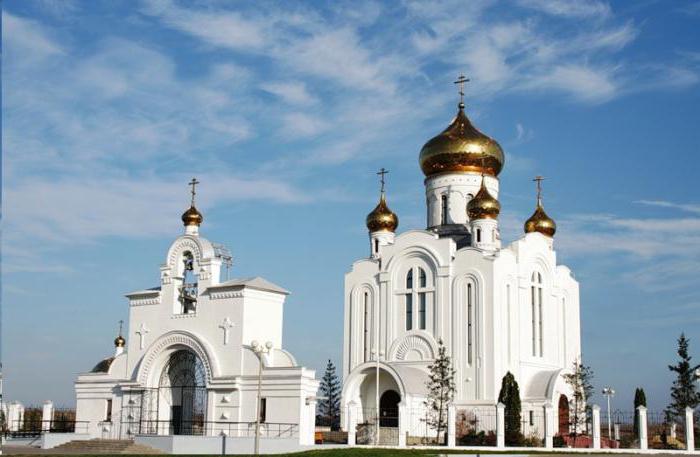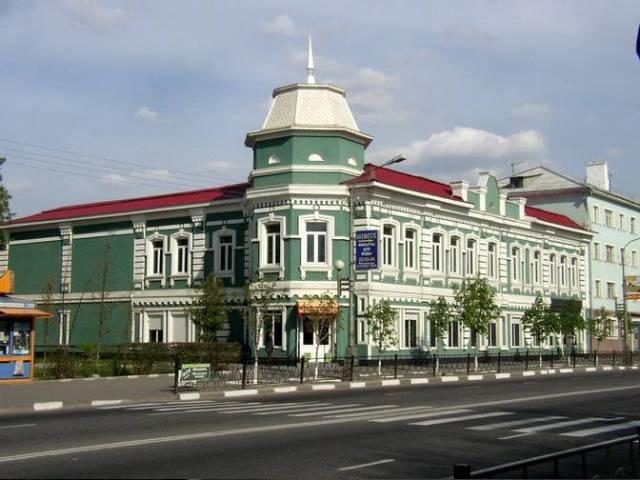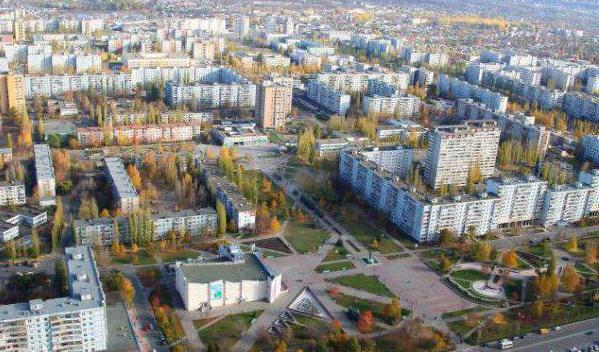In the Belgorod region there is a city of unusual fate - Stary Oskol. It is interesting for its economic stability and demographic indicators. We will talk about the size of the urban population of Stary Oskol, under what conditions people live, and what is the secret to the sustainability of the development of this settlement.
Geographical position
In the south of the Central Russian Upland, on the banks of the Oskol River and several of its tributaries, is the ancient city of Stary Oskol. The population has lived here since ancient times, which is favored by fertile chernozem soils. The city is located on a large hill at the confluence of the Oskol and Oskolets rivers. The territory of the settlement has an uneven terrain with a large number of hills and small rivers flowing into the main waterway of the city. The area of Stary Oskol is 134 square meters. km, height above sea level - 150 m. The agglomeration of the city includes 17 rural settlements, from the capital of the region, Belgorod, it is separated by 153 km.
Climate
The city is located in a zone of temperate continental climate with fairly mild and snowy winters and hot, dry summers. It has long been adapted to the weather conditions of its region and the local population has learned to productively engage in agriculture on black soil soils under conditions of frequent droughts and dry winds. G. Stary Oskol as a whole has favorable living conditions. The sun shines here for almost 2 thousand hours a year, the average amount of precipitation per year is from 400 to 600 mm. Winter in the city begins at the end of November, although the first snow may fall in October. The winter season ends in March. The average temperature in January is around minus 5-8 degrees. Summer in Stary Oskol begins in late May and lasts until mid-September. The hottest month is July, when the thermometer rises to an average of 22 degrees Celsius. The driest month of the year is August. Spring and autumn in the city are short and fleeting with quite a lot of rainfall.

Settlement history
Already in antiquity, before the formation of Kievan Rus, many tribes of different ethnic composition lived and wandered on the lands of the Central Russian Upland. Stary Oskol, whose population we are considering, is first mentioned in the annals of the turn of the 13-14 centuries. Then there was the settlement of Ugly, which today is one of the districts of the city. These lands belonged to the Principality of Lithuania at that time and were a border point on the borders of the Golden Horde. Later, Ivan the Terrible added these lands to the Russian kingdom and ordered in this place to build a prison to protect against Mongolian raids. In 1593, a settlement appeared here, named after the local Oskol River. Cossacks who defend the southern borders of the Fatherland settle here. The city is growing quite rapidly, especially in the 17th century, when the country was shaken by the Time of Troubles, and here peace and grace reign. In 1655, the city received its modern name, as the New Oskol appeared in the region. After some time, he receives the status of a county settlement. Stary Oskol has a long heroic history, during the years of all the country's wars, he did not stand aside and rightfully earned the title of the City of Military Glory. Since the 60s, rapid economic growth has begun in the region and the city. Here, several large manufacturing enterprises are being built, which will become the guarantor of the city's sustainability and vitality.

Population dynamics
Observation of the number of inhabitants of the city begins in 1737. Then 9 thousand people lived here. In subsequent years, Stary Oskol, whose population periodically grows and falls, experiences different times. In less than 40 years, the number of inhabitants increases by 2.5 times, and then begins to decline. All this leads to the fact that in 1889 Stary Oskol, whose population shows sharp fluctuations, again returns to the number of inhabitants of 9 thousand people. This was followed by another period of multidirectional oscillations, which ended in 1959. Then in the city lived 27.4 thousand people. Over the next 10 years, the population of Stary Oskol doubled. In 1975, there were already 82 thousand inhabitants. By the beginning of perestroika, 173 thousand people were recorded in the city. Unlike many other regions of the country, Stary Oskol shows a steady population growth during the years of change. Only in 2012 and 2014 there was a slight decrease in the number of citizens. In 2016, the positive dynamics recovered, and today 222 thousand people live here. In the entire agglomeration of Stary Oskol, more than 400 thousand people live.

Demographic indicators
Stary Oskol, whose population is growing steadily, is among those cities in the country where the birth rate steadily overtakes mortality, although not by much. During the crisis years, the birth rate decreased slightly, but the natural population growth continues to show positive dynamics. The average life expectancy of a city dweller differs little from the general indicators in the country and amounts to 70 years with a tendency to increase. However, a low birth rate and an increase in life expectancy pose a problem such as an aging population. In recent years, the situation has leveled off a bit, there are more school-age children, but the demographic burden on the working-age population is still high. Stary Oskol is a compact city with a fairly high population density - 111 people per square meter. km There is a tendency to expand the boundaries of the city, it grows due to the absorption of nearby villages.
Economics and employment
The city has a good production base, laid back in the 60s of the 20th century. Large enterprises such as the Electrometallurgical Plant, which employs more than 20 thousand people, the Stoilensky Mining and Processing Plant (6 thousand workers), a metallurgical engineering plant, a cement plant, a tractor and another 30 large companies, work here. Also in the city the sphere of service and trade grows and develops, enterprises of light and food industries work. Stary Oskol is one of the leaders in the region in terms of production. A good infrastructure for life was created in the settlement, a transport network and a network of socially significant enterprises were developed. The able-bodied population of the city of Stary Oskol has the opportunity to find a job with a good salary. The unemployment rate in the city is not only the lowest in the region, but also one of the lowest in the country (0.9%).